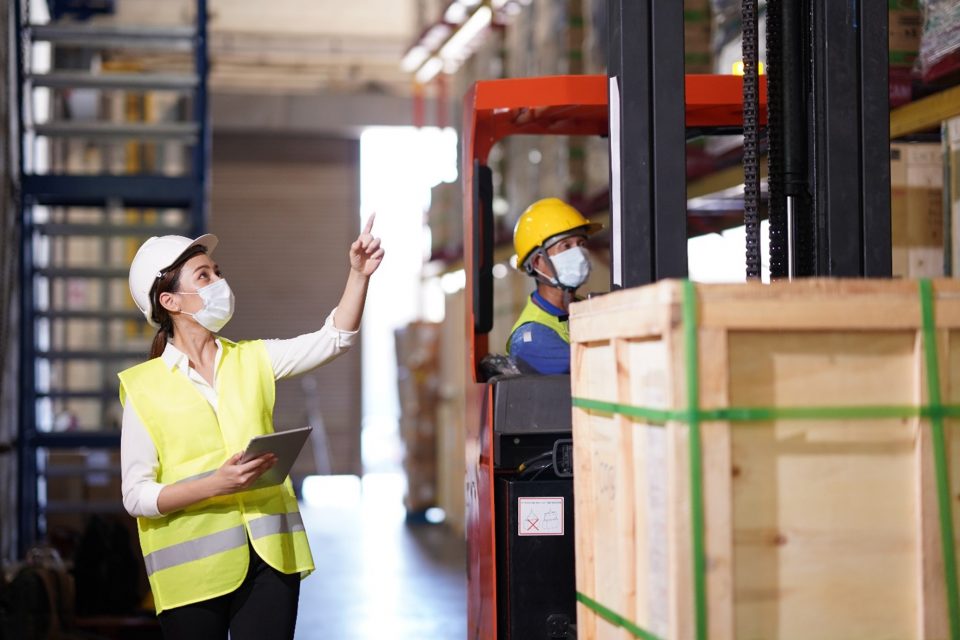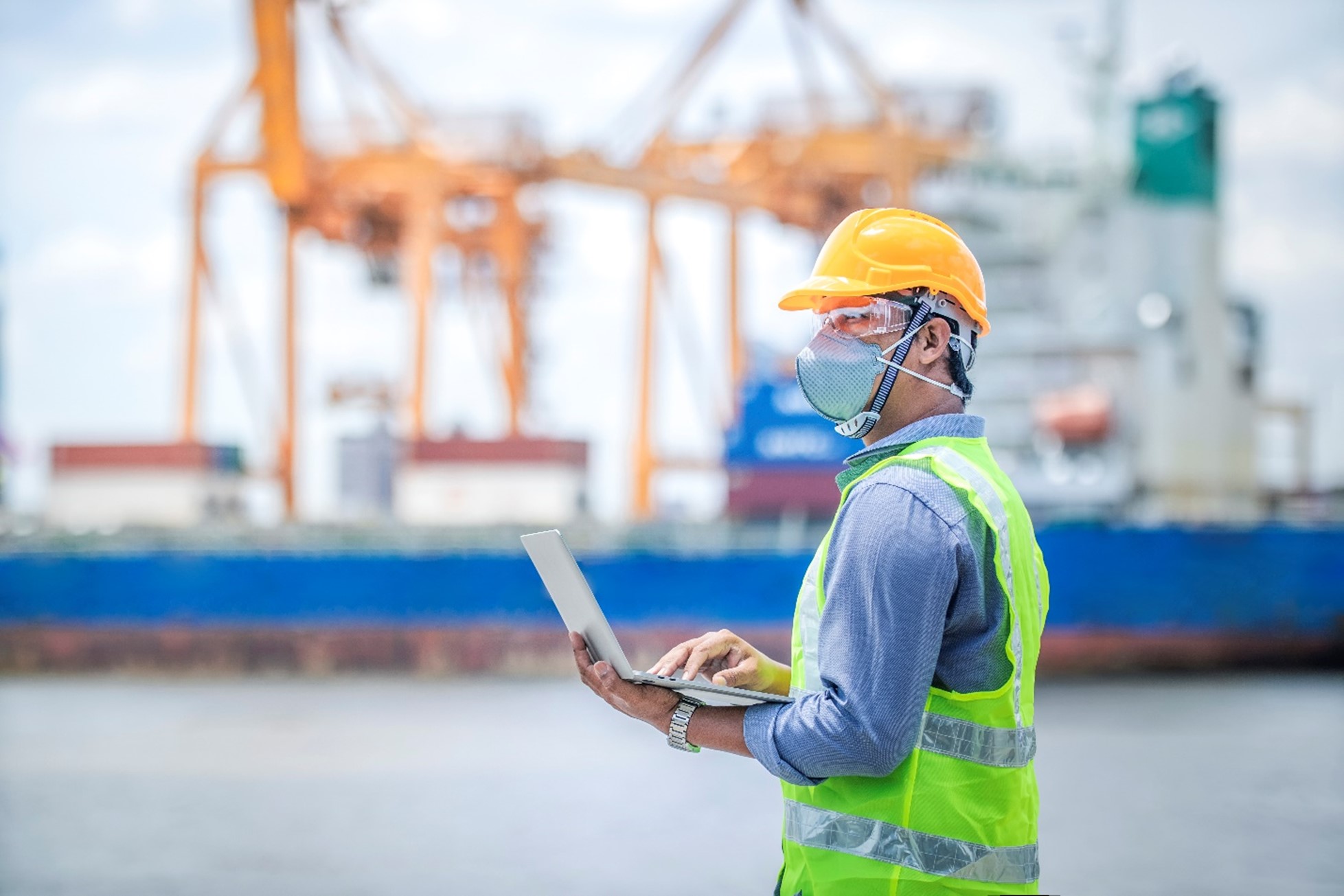 By Saj Kumar, Regional Business, Leader, Manufacturing, Microsoft Asia
By Saj Kumar, Regional Business, Leader, Manufacturing, Microsoft Asia
If we’ve learned anything about doing business during the pandemic, it’s about the importance of embracing change. A willingness to adopt new digital technologies could determine whether an enterprise survives and thrives or struggles and fails in the months and years ahead.
Many organizations in all sorts of sectors already understand this and are now busily building up their tech intensity and digital capabilities. They’re adjusting to the so-called “new normal” with agility and resilience – not just to maintain operations during these current tough days of lockdowns and restrictions, but also to grow and be competitive in the uncertain and complex business environment that lies ahead.
What lessons can we learn from manufacturers who regard digital transformation as their best bet for future-proofing their businesses?
The power of digitalization
Throughout this pandemic, many of our customers and partners have leveraged the power of cloud and AI to speed up processes and automate. They have turned to data analytics and AI to improve their decision-making and meet fast changing challenges.
At the same time, we have also seen manufacturers stepping up to meet the need for critical medical supplies, like face masks and ventilators during the early days of the pandemic. Those with technological capabilities were able to redesign their production facilities to support their local communities.
Take for instance Hong Kong’s OneMask, that leveraged Microsoft Dynamics 365 Business Central and AI to set up a medical face mask manufacturing line within a few weeks to respond to a massive and immediate demand across the territory.
Another example of moving fast is US-based and globally active supply chain platform provider, Blue Yonder. The company launched Luminate Control Tower, a solution which can help customers minimize negative impact of this pandemic on their supply chains. It can chart the impact of COVID-19 against supply chain metrics to identify potential risks. Powered by Microsoft Azure, AI, and ML-based forecasting engines, this solution provides companies with insights to discover, interpret and act on real-time information from their entire digital ecosystem. As a result, customers are seeing as much as a 30% reduction in expenses and a 60% increase in their planning efficiency.
AI has also proven instrumental in pivoting production and supply chain management to meet fluctuating customer demands continuously shaped by the pandemic.
Technology brand, Lenovo, sought to meet these challenges using predictive analysis to better anticipate demand. Leveraging Azure machine learning and in collaboration with Microsoft China’s Customer Success Unit (CSU) Data and AI team, Lenovo combined publicly available data on COVID-19 health, consumer spending, and economic performance for more accurate forecasting. Now, Lenovo reaps supply chain insights and benefits to advance their business.
Necessary automation
Faced with all sorts of disruptions, many manufacturers are turning to automation to improve process optimisation, and create safer and faster modes of operation.
Blue Yonder is also helping DHL Supply Chain develop a fully digital supply chain by launching a new robotics hub, which allows them to save time and money by integrating and better managing its warehouse operations.
The chemicals division of Siam Cement Group (SCG) is using Project Bonsai — a machine teaching service available in public preview on the Azure cloud service.
Using machine learning and simulations, Project Bonsai taught autonomous AI agents to calibrate and control chemical reactors, with simulations ran 100,000 times a day to ensure errorless operations. Through this process, SCG had a solution that scaled beyond business ROI objectives and developed a new polymer grade in two weeks; all these while minimizing harmful product waste. We are even seeing applications in food manufacturing, with PepsiCo using Project Bonsai to ensure the perfect consistency of their much-loved Cheetos snack every time. Specifically, Project Bonsai monitors each Cheeto puff almost continuously and recommends adjustments to the settings when they stray outside their optimal quality.
Similarly, solutions provider, Jabil, launched Project Brainwave to automate optical inspection. Leveraging Azure machine learning, with AI and predictive analytics, it correctly predicts 92% of defects, ensuring only the truly defective components are routed to human inspection, reducing the workload on operators significantly.
Remote everything
Most manufacturing has traditionally been focused on onsite operations. So many firms and employees will find switching to remote work challenging — not only operationally, but also culturally. Digital technology, however, can provide new ways of collaborating and communicating.
Just ask companies like China International Marine Containers, that makes and sells transportation equipment, SHERA PLC, that manufactures and distributes fiber cement, and Joyson Electronic, that supplies components for the global automotive sector. All three enterprises are empowering employees to collaborate across locations despite restrictions with Microsoft 365 and Microsoft Teams.
Remote work has become a pervasive reality for companies across the globe, including manufacturers. At the same time though, digital solutions are also empowering workers to collaborate in a new way.
A good example is Mercedes-Benz USA, that is equipping its authorized American dealerships with HoloLens 2 headsets, and Microsoft Dynamics 365 Remote Assist, a mixed reality app, which allows for hands-free collaboration, to ensure faster servicing and maintenance. Globalfoundries Inc., a major chip maker, has also been using HoloLens to bridge the physical distance between their on-site engineers and experts overseas for their multimillion-dollar equipment maintenance.
Technologically enabled businesses of the future
While COVID-19 has almost grounded production to a halt, it also accelerated the industry’s sense of urgency to innovate for the short-term, responding to the challenges, and long-term, preparing for “what is next”.
While no one can predict the future, there is great value in partnerships and collaborations within and beyond the industry. No one can do it alone, and this is the first step we can take to enable manufacturers to recover and re-imagine for tomorrow.






